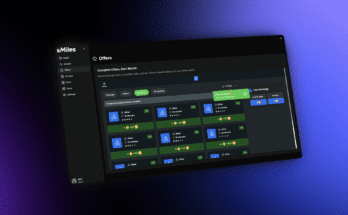Are you planning a trip to Canada but concerned about your eligibility because of past convictions or other inadmissibility issues? A temporary resident permit (TRP) might be the solution you need. Here’s what you need to know about a Canadian TRP.
What Is a Temporary Resident Permit (TRP)?
A temporary resident permit (TRP) allows individuals who are otherwise inadmissible to Canada for various reasons, such as health or criminality, to enter the country temporarily. The Canadian government issues TRPs to individuals who can demonstrate that their need to enter Canada outweighs any potential risks to Canadian society.
For example, a business professional with a crucial meeting and a past DUI may get a TRP if the economic benefits for Canadian partners outweigh the risks of admitting someone with a criminal record.
How Do You Get a TRP?
Applying for a TRP involves submitting detailed documentation, including reasons for your visit, information about your inadmissibility, and any other relevant details. Processing times can vary, so applying well before your travel date is important.
To qualify for a TRP, you must prove your visit is justified and that you present no security risk to Canada. The Canadian government will assess your ties to your home country, the purpose of your visit, and your overall character.
Does Everyone Receive a TRP?
As mentioned, the Canadian government will assess your TRP application. So, the primary limitation of a Canadian TRP is the subjective evaluation of your paperwork. Simply put, not everyone applying for a TRP receives one. How effectively you demonstrate that your need to stay in Canada outweighs any health or safety risks determines approval. Please note that the process is highly selective, aiming to balance individual circumstances against the broader public interest.
TRP Validity and Conditions
An important thing you need to know about a Canadian TRP is that they’re valid for the duration of your visit to Canada, up to a maximum of three years. You must adhere to the conditions of your permit as violating them could lead to deportation and future inadmissibility. Common conditions include not engaging in criminal activity, reporting for periodic checks with immigration authorities, and limiting your stay to the purpose outlined in your application.
TRP vs. Other Canadian Entry Permits
It’s important to distinguish between a TRP and other entry permits like visas and Electronic Travel Authorizations (eTAs). While visas and eTAs are for individuals who are admissible to Canada, a TRP serves those who have not overcome their inadmissibility permanently.
A Canadian TRP is a viable solution for those facing inadmissibility issues. It lets you enter Canada for a temporary period. Understanding the TRP’s purpose, application process, and eligibility criteria can increase your chances of entering the country.


